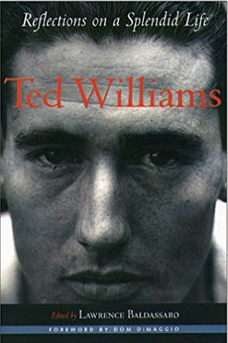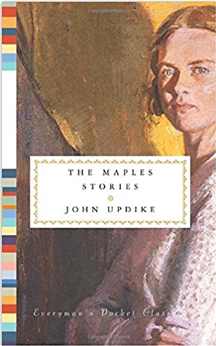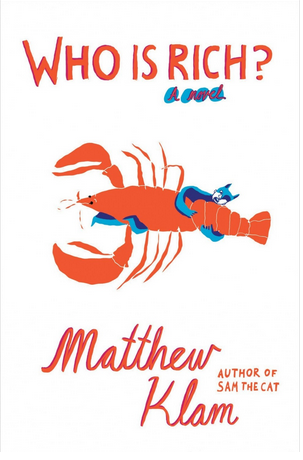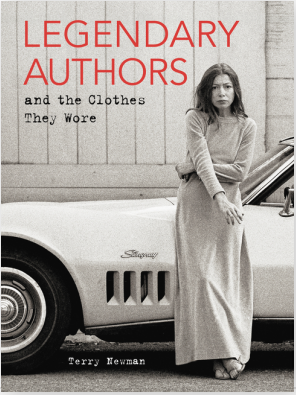It’s been out for quite a while, but it’s just come to our attention that John Updike is included in the sportswriting anthology Ted Williams: Reflections on a Splendid Life (Northeastern, 2003), edited by Lawrence Baldassaro and with a foreword by Dom DiMaggio.
 As the Amazon description notes:
As the Amazon description notes:
“It features thirty-five articles by celebrated sportswriters and best-selling authors, including Al Hirschberg (“Handsome Bad Boy of the Boston Red Sox”), Red Smith (“Ted Williams Spits”), Bud Collins (” ‘Saint’ Goes Marching In”), Peter Gammons (“Williams an Unquestioned Hit with Him”), Ed Linn (“The Kid’s Last Game”), John Updike (“Hub Fans Bid Kid Adieu”), Donald Hall (“The Necessary Shape of the Old-Timers’ Game”), John Underwood (“Going Fishing with the Kid”), Stephen Jay Gould (“Achieving the Impossible Dream: Ted Williams and.406”), and David Halberstam (“The Perfectionist at the Plate”). Taken together, the pieces offer a vivid mosaic of a true American great who is admired and respected as much by today’s ballplayers and fans as those of his own generation.”
From the Publishers Weekly review:
“A well-selected collection of articles about baseball great Ted Williams, this volume works on many levels. A slice of 20th-century American literature, it chronicles the evolution of sports journalism from Red Smith to Pete Gammons while showcasing selections from literary giants like John Updike and Donald Hall. Arranged chronologically, the collection works as a biographical collage and stunning account of the cyclical nature of American hero worship. Not surprisingly, several less flattering pieces on the cantankerous Williams are included, but instead of detracting from Williams’s legend they help present a comprehensive picture of a man so captivating that more than half this volume’s works were written after his 1960 retirement. Collectively, these articles tell readers almost as much about the featured writers as they do about the slugger himself. This is partly attributable to Williams’s image as the reluctant hero, but also to the fact that Williams courted both favor and disdain with his single-minded determination to make himself the world’s greatest hitter, fisherman, combat pilot and philanthropist, all pursuits as solitary as putting pen to paper. So many of the writers insert themselves into their stories as a means of explaining Williams’s complex personality that the underlying similarity between the slugger and the writers becomes a theme of the collection, exemplifying Williams’s irresistible lure for reporters, novelists, poets and even mathematicians. Thanks to this unprecedented connection between athlete and authors, this compilation stands as a fitting literary epitaph for a man who may never get one set in stone. Illus. not seen by PW.”









